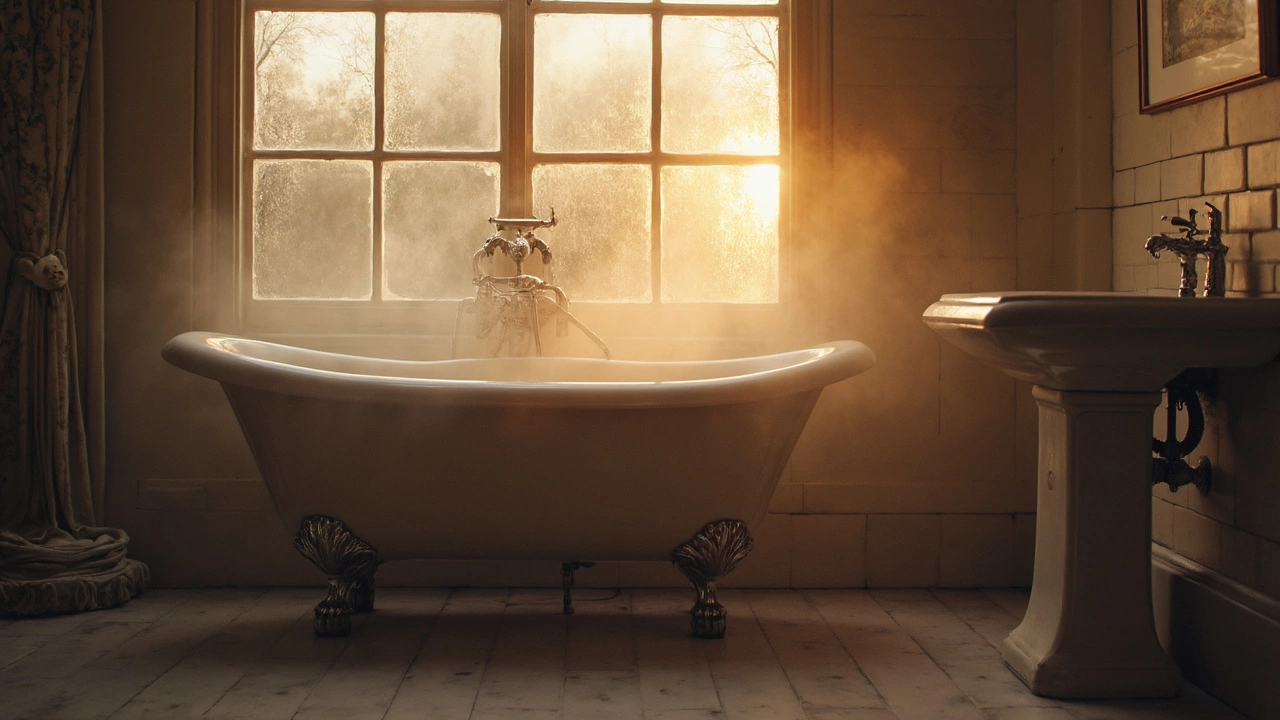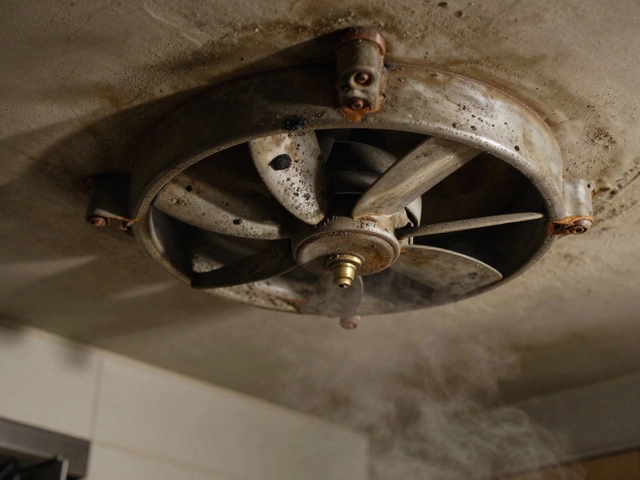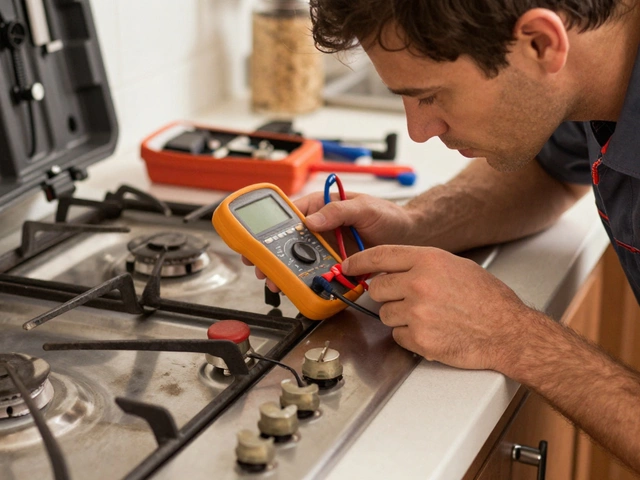Plumbing Problem: Fixes, Tips, and What to Know
When dealing with Plumbing Problem, any malfunction in the water‑carrying system of a home. Also known as pipe issue, it can affect everything from a dripping tap to a cold shower.
One of the biggest culprits behind a plumbing problem is a boiler, the device that heats water for heating and domestic use. When the boiler fails, you often lose hot water and hear strange noises, which means Plumbing Problem extends into heating comfort. Another frequent offender is the water heater, the appliance that stores and heats water for showers and kitchen use. A broken water heater can turn a relaxing bath into an icy shock, showing how a plumbing problem can disrupt daily routines.
Common Causes and Quick Checks
Most plumbing problems start with simple things: a stuck valve, a clogged aerator, or a pressure imbalance. First, check if the shut‑off valves under each fixture are fully open – a partially closed valve is a silent thief of water flow. Next, look for visible leaks around joints; a small drip often signals a larger hidden crack. If hot water works in the kitchen sink but not in the shower, the issue might be a mixing valve, illustrating the triple: plumbing problem → mixing valve failure → uneven hot water distribution.
When the problem involves a boiler, the typical pattern is: boiler ignition fails, pressure drops, and hot water disappears. That chain of events (boiler → pressure loss → no hot water) is a classic semantic triple. Checking the pressure gauge and resetting the boiler’s safety cut‑off can often restore service without a technician. If the gauge stays low, a leak in the system or a faulty expansion tank is likely, and you’ll need professional help.
Water heater troubles follow a similar logic: a broken heating element means the water stays cold, which leads to the triple: water heater → heating element failure → cold showers. Before calling anyone, feel the tank’s surface; if it’s unusually cold, the element is probably dead. A quick visual inspection of the thermostat setting can also reveal if the unit is set too low, a simple fix that solves many complaints.
Beyond appliances, pipe corrosion is a hidden menace. Old copper or galvanized pipes can develop pinhole leaks that cause water stains and wasted water. This relationship (corroded pipe → hidden leak → water damage) often appears in homes older than 20 years. If you notice damp spots on walls or a musty smell, it’s time to probe the pipes with a moisture meter or call a specialist.
Lastly, consider the role of ventilation. Poor venting in a bathroom or kitchen can cause pressure that pushes water back into fixtures, creating a weird “siphon” effect where water refuses to stay hot. The triple here is: inadequate venting → pressure imbalance → hot water loss. Installing or cleaning extractor fans can restore proper airflow, preventing this scenario.
All these insights set the stage for the collection below, where you’ll find detailed guides on boiler emergencies, hot water troubleshooting, freezer issues, and more. Whether you’re looking for a DIY fix or deciding when to call a pro, the articles ahead cover the full spectrum of plumbing problem scenarios.
Ever stepped into your shower only to be hit with cold water, yet the sink offers a steamy flow? This perplexing issue can be due to several factors like plumbing setup, water heater problems, or even a blocked pipe. We'll break down the most common causes and offer practical tips to fix it. Rest assured, we've got actionable advice to steer you through this chilly hurdle.


